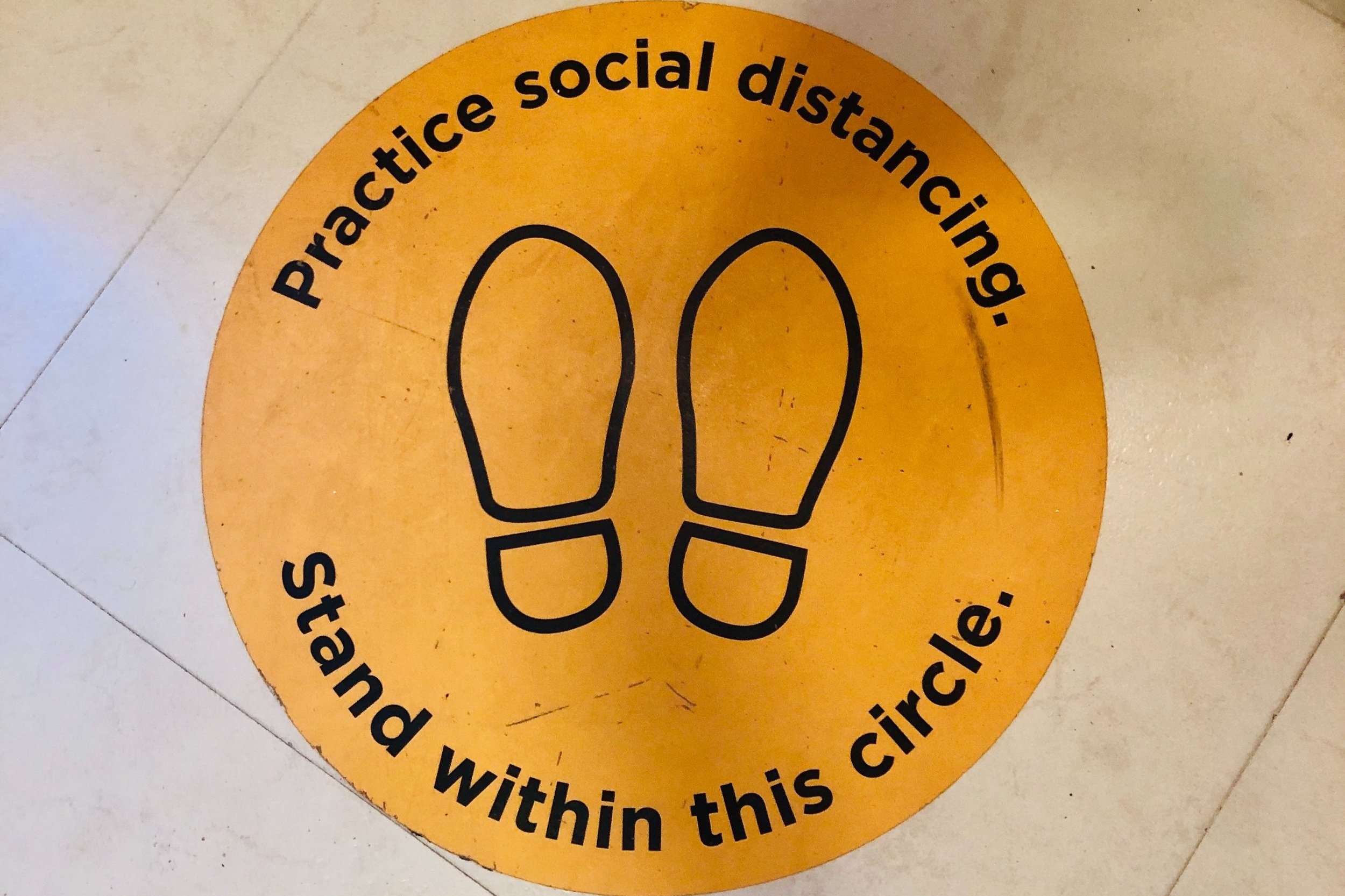Considering Policy Alignment in Pandemic Response
Courtesy of @dicson
Before COVID-19 vaccines were available, governments relied on non-pharmaceutical interventions (policies created to reduce transmission by decreasing human interactions), such as travel restrictions and face covering mandates, to control the spread of the virus. Implementing and enforcing these public health measures was a very large challenge for governments, largely because of misalignment between measures of public health and social policy. Moreover, when attempting to control a large pandemic like COVID-19, it is imperative for social policy and public health policy to be aligned.
Social policies enable public health policies because they decrease the cost of non-pharmaceutical intervention compliance and manage the burdens of the pandemic. As a result, social policies are a vital aspect of how a country responds to pandemics. However, social policies introduced during the pandemic vary across different government entities.
HMP Governance Lab colleagues, led by Dr. Scott Greer, explore this variation in a recent article in Health Policy titled “Alignment and authority: Federalism, intergovernmental relations, and COVID-19 response in comparative perspective.” They ask the question of how federal political institutions affect the ability of countries to align social and health policy in response to the pandemic, and they answer it through comparative case study research.
Three prominent countries that are wealthy, have well-resourced health systems, and are federal in practice but have varying epidemiological situations, population health, and politics were studied: Germany, Spain, and the United States. The researchers then consider three factors that could change policy alignment in these countries’ responses to the pandemic: allocation of authority, finances, and intergovernmental relations, and they analyze these factors among each country.
Ultimately, HMP Governance Lab colleagues find that federations have a high level of alignment between public health and social policy measures when the system of intergovernmental relations is automatic and collaborative. The COVID-19 pandemic has shed light on how essential and complex policy alignment is within federal systems. This paper serves as an insight for federations on how they can strengthen their intergovernmental relations and policy alignment to better battle pandemics.
Read the full Health Policy article here

